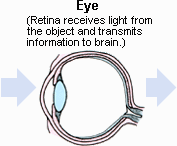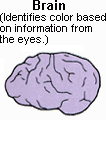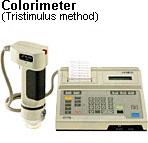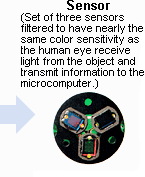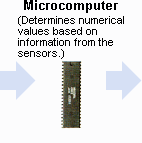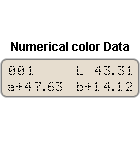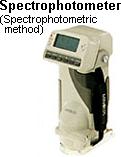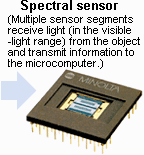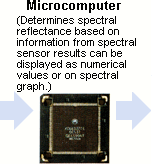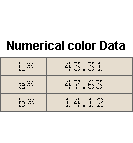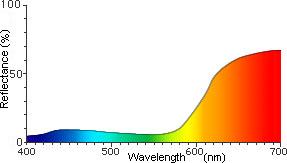The human eye can see light in the visible range; however, "light" is not the same as "color".
Light is defined as "radiation which stimulates the retina of the eye and makes vision possible".
The stimulation of the eye is transmitted to the brain, and it is here that the concept of "color" occurs
for the first time, as the response of the brain to the information received from the eye.
As can be seen in Figure 16, the principle by which humans perceive color
and the principle by which a colorimeter sees color are basically comparable.
The method used by the colorimeters discussed in Part I is called
the tristimulus method; colorimeters using this method are designed to measure light in approximately
the same way as the human eye perceives light.
Another method for measuring color, which will be explained later in this section,
is called the spectrophotometric method; color-measuring instruments using this method measure
the spectral characteristics of the light and then calculate the tristimulus values based on equations
for the CIE Standard Observer functions. In addition to numerical data in various color spaces,
instruments using the spectrophotometric method can also display the spectral data directly,
providing more detailed information about the object.
Precise Color Communication
 |
|
|||||||||||||||||||||||||||||||||||||||
|
|
3/9 |
|
|
|




